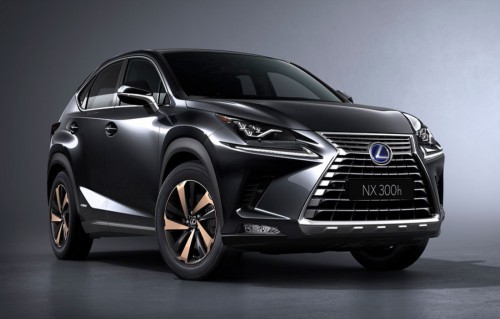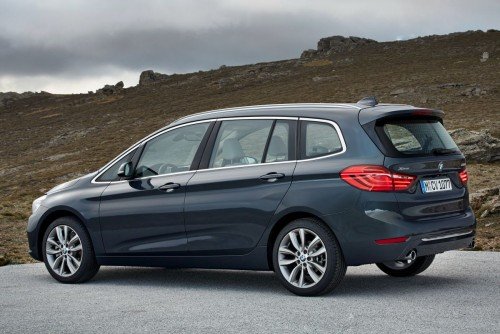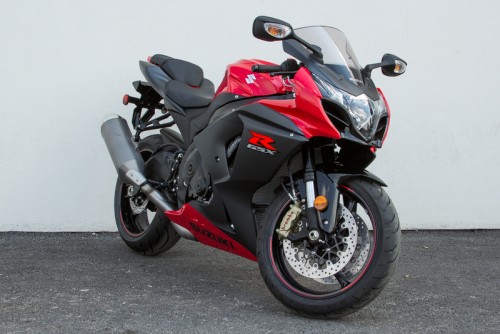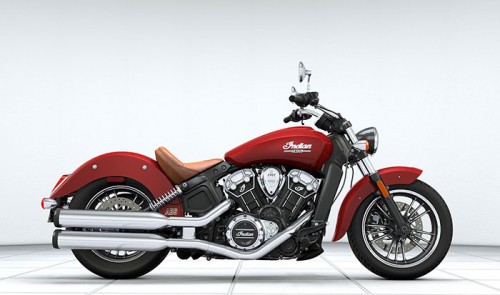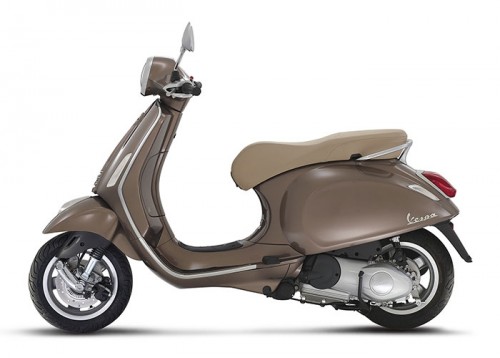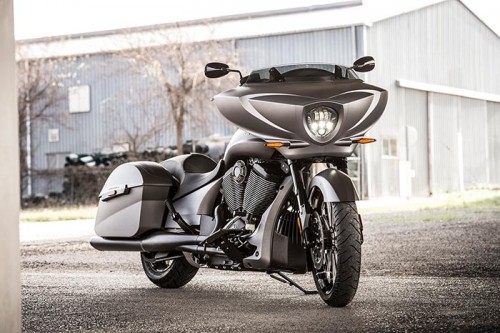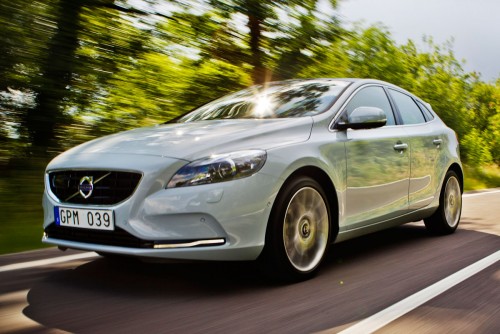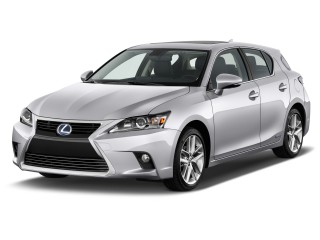About Mini
Mini
The Mini is a small economy car made by the British Motor Corporation (BMC) and its successors from 1959 until 2000. The original is considered a British icon of the 1960s.Its space-saving front-wheel drive layout – allowing 80 percent of the area of the car's floorpan to be used for passengers and luggage – influenced a generation of car makers.The vehicle is in some ways considered the British equivalent of its German contemporary the Volkswagen Beetle, which enjoyed similar popularity in North America or the Fiat 500. In 1999 the Mini was voted the second most influential car of the 20th century, behind the Ford Model T.
This distinctive two-door car was designed for BMC by Sir Alec Issigonis. It was manufactured at the Longbridge and Cowley plants in England, the Victoria Park / Zetland British Motor Corporation (Australia) factory in Sydney, Australia, and later also in Spain (Authi), Belgium, Chile, Italy (Innocenti), Malta, Portugal, South Africa, Uruguay, Venezuela and Yugoslavia. The Mini Mark I had three major UK updates – the Mark II, the Clubman and the Mark III. Within these was a series of variations, including an estate car, a pick-up truck, a van and the Mini Moke – a jeep-like buggy. The Mini Cooper and Cooper "S" were sportier versions that were successful as rally cars, winning the Monte Carlo Rally four times from 1964 through to 1967, although in 1966 the Mini was disqualified after the finish, along with six other British entrants, which included the first four cars to finish, under a questionable ruling that the cars had used an illegal combination of headlamps and spotlights.
On introduction in August 1959 the Mini was marketed under the Austin and Morris names, as the Austin Seven and Morris Mini-Minor.The Austin Seven was renamed to Austin Mini in January 1962 and Mini became a marque in its own right in 1969.In 1980 it once again became the Austin Mini and in 1988 the Rover Mini.
Design and development
Designated by Leonard Lord as project ADO15 (Amalgamated Drawing Office project number 15) and the product of the Morris design team, the Mini came about because of a fuel shortage caused by the 1956 Suez Crisis.[18] Petrol was once again rationed in the UK, sales of large cars slumped, and the market for German bubble cars boomed. Lord, the somewhat autocratic head of BMC, reportedly detested these cars so much that he vowed to rid the streets of them and design a 'proper miniature car'. He laid down some basic design requirements: the car should be contained within a box that measured 1044 feet (3.01.21.2 m); and the passenger accommodation should occupy 6 feet (1.8 m) of the 10-foot (3.0 m) length; and the engine, for reasons of cost, should be an existing unit. Issigonis, who had been working for Alvis, had been recruited back to BMC in 1955 and, with his skills in designing small cars, was a natural for the task. The team that designed the Mini was remarkably small: as well as Issigonis, there was Jack Daniels (who had worked with him on the Morris Minor), Chris Kingham (who had been with him at Alvis), two engineering students and four draughtsmen. Together, by October 1957, they had designed and built the original prototype, which was affectionately named "The Orange Box" because of its colour.
Mark I Mini: 1959–1967
The production version of the Mini was demonstrated to the press in April 1959, and by August several thousand cars had been produced ready for the first sales. The Mini was officially announced to the public on 26 August 1959. Some 2,000 cars had already been sent abroad and would be displayed that day in nearly 100 countries.
The first example, a Morris Mini-Minor with the registration 621 AOK, is on display at the Heritage Motor Centre in Warwickshire. Another early example from 1959 is now on display at the National Motor Museum in Hampshire.
The Mini was marketed under BMC's two main brand names, Austin and Morris until 1969, when it became a marque in its own right.The Morris version was known to all as "the Mini" or Mini-Minor. The word minor is Latin for "lesser"; so an abbreviation of the Latin word for "least" – minimus – was used for the new even smaller car. One name proposed for the Austin version was Austin Newmarket. Austin dealers sold their almost identical car as an Austin Seven (sometimes written as SE7EN in early publicity material – the '7' the letter V rotated left so it approximated the number 7), which recalled the popular small Austin 7 of the 1920s and 1930s. "Morris Mini-Minor" seems to have been a play on words; the Morris Minor was a larger, well known and successful car that continued in production.
Variants
Wolseley Hornet and Riley Elf (1961–1969)
Built as more luxurious versions of the Mini, both the Wolseley Hornet and the Riley Elf had longer, slightly finned rear wings and larger boots that gave the cars a more traditional three-box design. Wheelbase of the Elf and Hornet remained at 2.036 m (6.68 ft), whereas the overall length was increased to 3.27 m (10.7 ft). This resulted in a dry weight of 638 kg (1,407 lb)/642.3 kg (1,416 lb) (rubber/hydrolastic suspension) for the Elf and 618 kg (1,362 lb)/636.4 kg (1,403 lb) for the Hornet respectively.Front-end treatment, which incorporated each marque's traditional upright grille design (the Hornet's grille with a lit "Wolseley" badge), also contributed to a less utilitarian appearance. The cars had larger-diameter chrome hubcaps than the Austin and Morris Minis, and additional chrome accents, bumper overriders and wood-veneer dashboards. The Riley was the more expensive of the two cars.The name "Wolseley Hornet" was first used on a 1930s sports car, while the name "Elf" recalled the Riley Sprite and Imp sports cars, also of the 1930s. The full-width dashboard was a differentiator between the Elf and Hornet. This dashboard was the idea of Christopher Milner the Sales Manager for Riley. Both the Riley Elf's and Wolseley Hornet's bodies were built at Fisher & Ludlow under their "Fisholow" brandname. Plates in the engine compartment on the right side fitch plate bear evidence of this speciality. Very early Mark I versions of both cars (e.g. press photo of 445MWL) had no overriders on the bumpers and a single piece front wing (A-panel and wing in one piece, no outside seam below scuttle panel) that was soon given up again, allegedly due to cost. The Elf's and Hornet's special bumper overriders first appeared in 1962. Early production Mark Is also had a combination of leather and cloth seats (Elf R-A2S1-101 to FR2333, Hornet W-A2S1-101 to FW2105) whereas all later models had full leather seats. Mark I models were equipped with single leading shoe brakes on the front.
Vehicle Identification – Serial Number Prefix Letter Code:
- First prefix letter – name: R-Riley, W-Wolseley
- Second prefix letter – engine type: A
- Third prefix letter – body type: 2S – 2-door Saloon
- Fourth prefix – series of model: 1 – 1st series, 2 – 2nd series, 3 – 3rd series
- Fifth prefix (used to denote cars different from standard right hand drive): L – left hand drive
- Code example: R-A2S1-154321 (Riley, A type engine, 2 door saloon, 1st series, serial number "154321")
Mini Van (1960–1982)
A commercial panel van (in US English, a sedan delivery) rated at -ton load capacity. Built on the longer Traveller chassis but without side windows, it proved popular in 1960s Britain as a cheaper alternative to the car: it was classed as a commercial vehicle and as such carried no sales tax. A set of simple stamped steel slots served in place of a more costly chrome grille. The Mini Van was renamed as the Mini 95 in 1978, the number representing the gross vehicle weight of 0.95 tons. 521,494 were built.
Mini Cooper and Cooper S: 1961–2000
Issigonis' friend John Cooper, owner of the Cooper Car Company and designer and builder of Formula One and rally cars, saw the potential of the Mini for competition. Issigonis was initially reluctant to see the Mini in the role of a performance car, but after John Cooper appealed to BMC management, the two men collaborated to create the Mini Cooper. The Austin Mini Cooper and Morris Mini Cooper debuted in 1961.
The 848 cc (51.7 cu in) engine from the Morris Mini-Minor was given a longer stroke to increase capacity to 997 cubic centimetres (60.8 cu in) increasing power from 34 to 55 bhp (25 to 41 kW). The car featured a racing-tuned engine, twin SU carburettors, a closer-ratio gearbox and front disc brakes, uncommon at the time in a small car. One thousand units of this version were commissioned by management, intended for and designed to meet the homologation rules of Group 2 rally racing. The 997 cc engine was replaced by a shorter stroke 998 cc unit in 1964. In 1962, Rhodesian John Love became the first non-British racing driver to win the British Saloon Car Championship driving a Mini Cooper.
End of production
Throughout the 1980s and 1990s the British market received numerous "special editions" of the Mini, which shifted the car from a mass-market item into a fashionable icon. It was this image that perhaps helped the Mini become such an asset for BMW, which later bought the remnants of BMC as the Rover Group. It was even more popular in Japan, which took the lion's share of the circa 40,000 Minis produced annually in the early 1990s. It was seen there as a retro-cool icon, and inspired many imitators. The ERA Mini Turbo was particularly popular with Japanese buyers.
In 1994, under Bernd Pischetsrieder, a first cousin once removed of Issigonis, BMW took control of the Rover Group, which included the Mini, fitting an airbag to comply with European legislation.




 Home
Home









